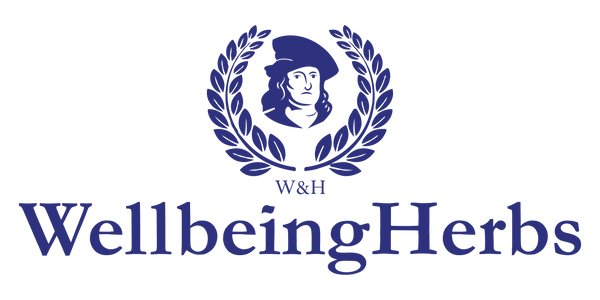Tips on the best time to collect medical herbs.
Harvesting of medical herbs is an important stage, which precedes the following process of their consuming. The proper preparation helps to preserve the healing properties of herbs for a longer period of time, which will help the herbs to better support our health during the whole year. There is a connection between a charming aroma, taste of the tea with the way it’s harvested, processed and mixed with other herbs in right proportions.
Important thing to remember is that it’s better to harvest herbs during the New Moon phase. It’s important because in this period the healing properties of an herb move from the root to the stem. Herbs, harvested and chopped at the New Moon are dried and preserved better.
Roots of the herbs should be dugout at the Full Moon. At full moon powerful play of cosmic forces changes the ratio in poles of the Earth and the Moon, at this stage the powers of the plant is directed to the roots. Some herbalists prefer to dugout herbs in spring, but it’s important to know that herbs collected in autumn keep more healing powers in them.
For Example, such herbs as - Potato flowers, European ivy (Hedera helix L.), Comfrey (Symphytum officinale) - contain valuable steroids. They are best collected during the Full Moon that saturates them with a large amount of steroids.
The next rule refers to vegetation. Choosing the right time and phase of vegetation for harvesting herbs are very important points. It’s better to reproduce herbs when they are in blossom. The herb won’t wait. Such delays as waiting for the certain Moon Phase may lead to the fading or overgrowing of the plant.
Harvest plants, which contain alkaloids early in the morning or in the evening. It’s important to remember that herbal alkaloids are formed in the darkness. Here is the list of alkaloid herbs- celandine (Chelidonium majus L.), hemlock (Conium maculatum L), tobacco (Nicotiana), groundsel broadleaf (Sonecio Platiphyllus (Bied) D.C.), the root of Yellow Water-lily (Nuphar luteum), Berberis, poppy (Papaver), sedge (Carex), paprika (Capsicum), periwinkle (Vinca minor L.), nightshade (Solanum), field bindweed (Convolvulus arvensis L.), Echinops ritro, horsetail (Equisetum arvense L.), autumn crocus (Colchicum autumnale L.), greater meadow-rue (Thalictrum aquilegifolium L.)
Plants that are rich in glycosides are harvested in the second part of the day. At this time the amount of glycosides increases. There are such glycoside plants as: spring adonis, lily of the valley, cyanosis root, spring primroses, orthosiphon herb, ginseng root, white Bryony, alder buckthorn bark, common buckhorn fruit, asiatic dock seeds and root, aloe, bedstraw, St. John's wort, bogbean stems, dandelion grass and root, wild pansy (Viola tricolor) grass, birch leaves, elm and buds, black elderberry flowers, linden flowers, yellow sweet clover flowers, chestnut flowers, clover flowers, asparagus root, mullein flowers, lavender grass.
Sometimes there can be dew while collecting. In this case plants should be chopped and dried as soon as it possible.


